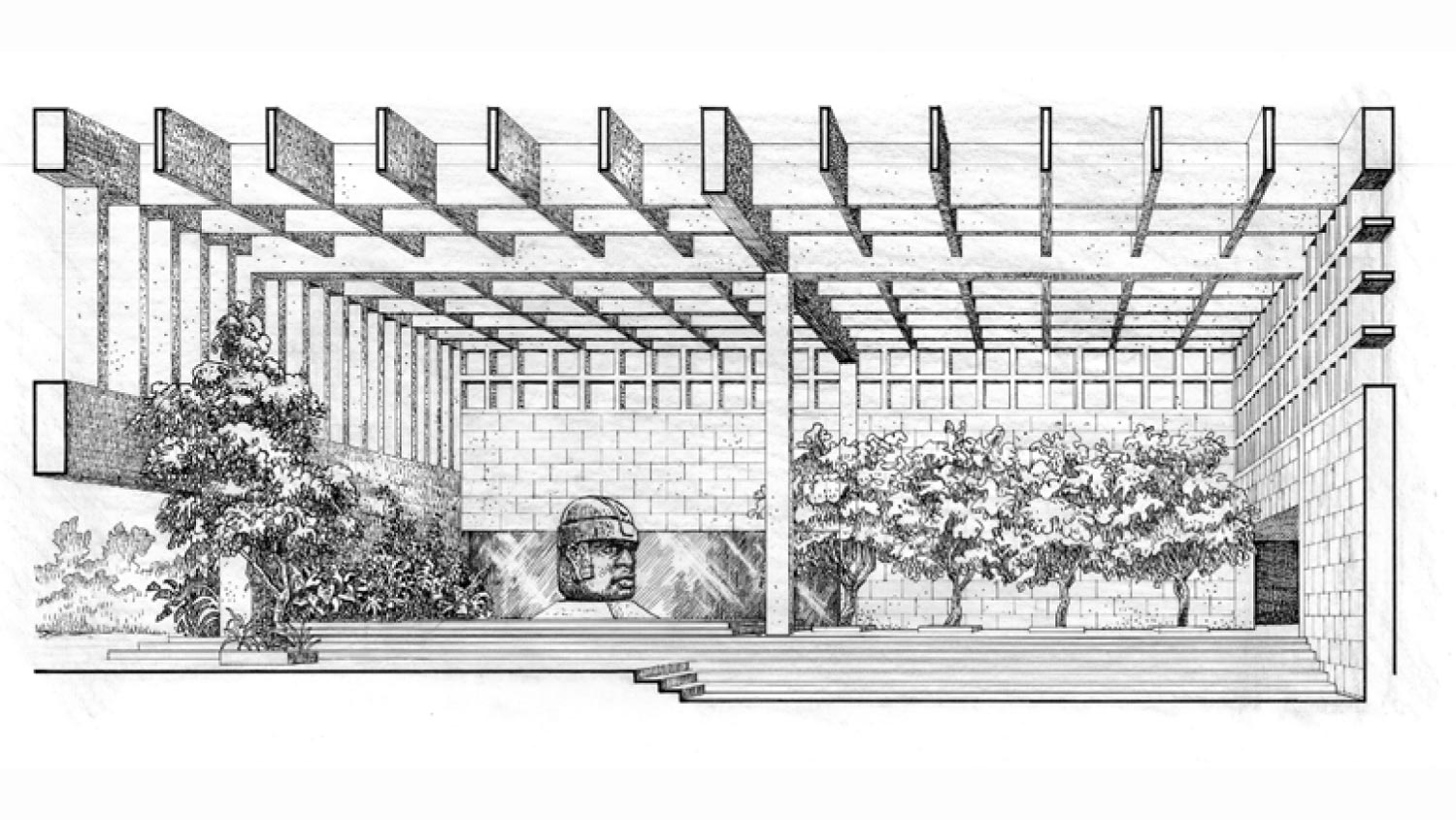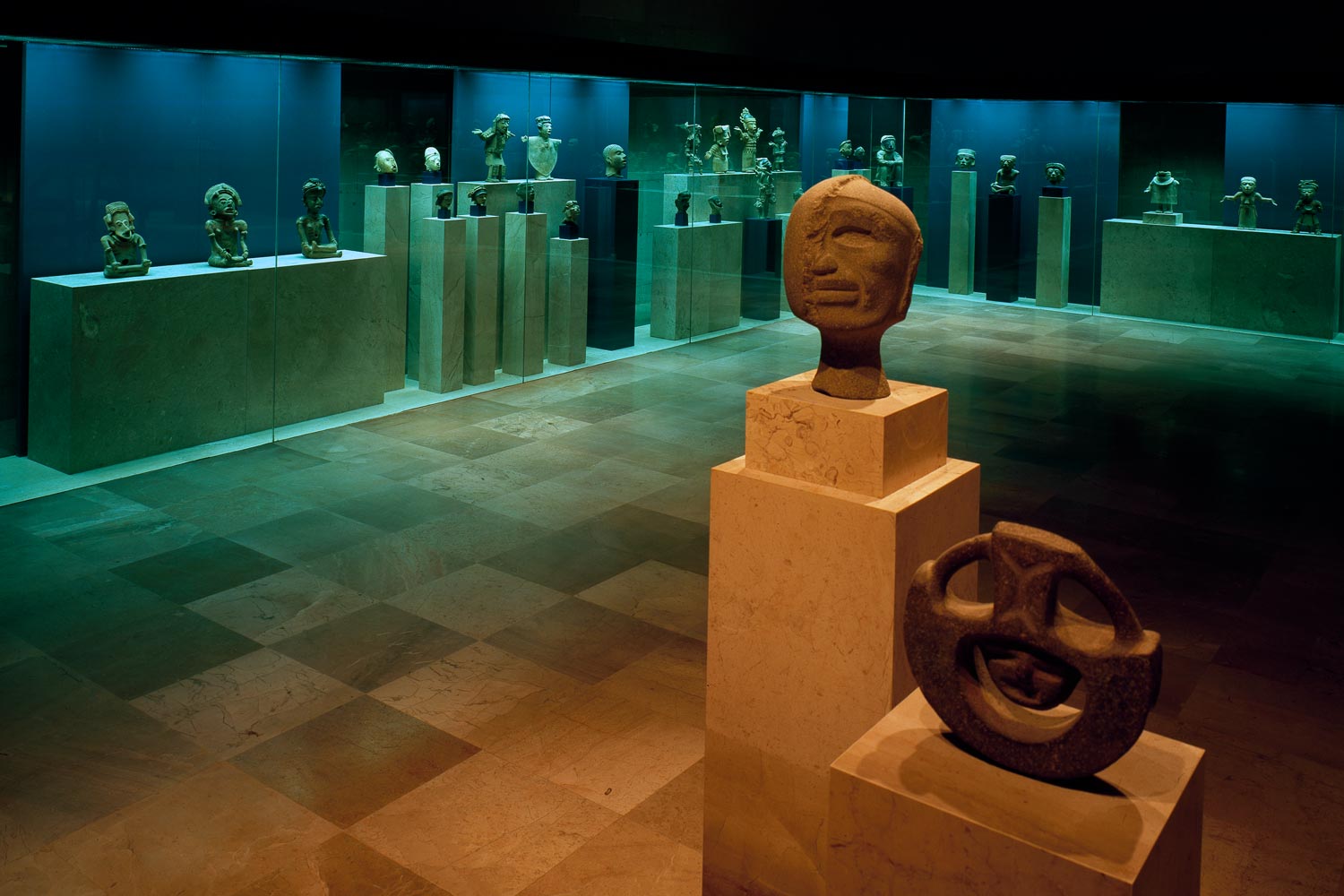Government of the State of Veracruz | Xalapa, Mexico
About the project
The museum holds close to 28,000 Olmec, Huasteca and Totonaca pieces, of which 2,800 are displayed. They have been selected according to two criteria: the scientific documentary significance of the pieces, and their sculptural value. This group of archeological objects is the most important among those gathered by the regional museums in Mexico, considering their richness, characteristics and the extraordinary quality of the pieces.
The building has an area of 12,500 square meters and is located within a five hectare park. It has two wings arranged at right angles. The shortest wing spans three levels, on which visitor services and museum operations are housed. The larger wing has 7,800 square meters of exhibition along one luminous gallery that extends without interruption from one end to of the wing to the other. The gallery is formed by a succession of 18 sections of 12 by 12 meters each, which descends in steps following the inclination of the terrain. In parallel, throughout the gallery, nine new square spaces of 24 meters on each side open up; six of them correspond to the exhibition halls, with greater height than the gallery, and the other three, and interspersed among the halls, to patios with high glass roofings, in which the display of large format monoliths is alternated with gardens. The position of these patios in the group signals the changes in the exhibited cultural regions.
To achieve an integration between architecture and exhibition design, the museum design project defined the disposition of visual and spatial cues between the exhibition halls and the patios, the location of the steps between the sections of the gallery, the design of the roofing, as well as the delineation of ramps and green areas on the patios. The bases, platforms, pedestals, vitrines and other display elements were separated from the walls and designed with somber shapes, employing, according to the materials of the exhibited object, the same materials in the architecture. This unified conception and the serene disposition of the pieces grants the exhibitions an impression of permanence and timelessness that exalts the sculptural and expressive qualities of the works.

